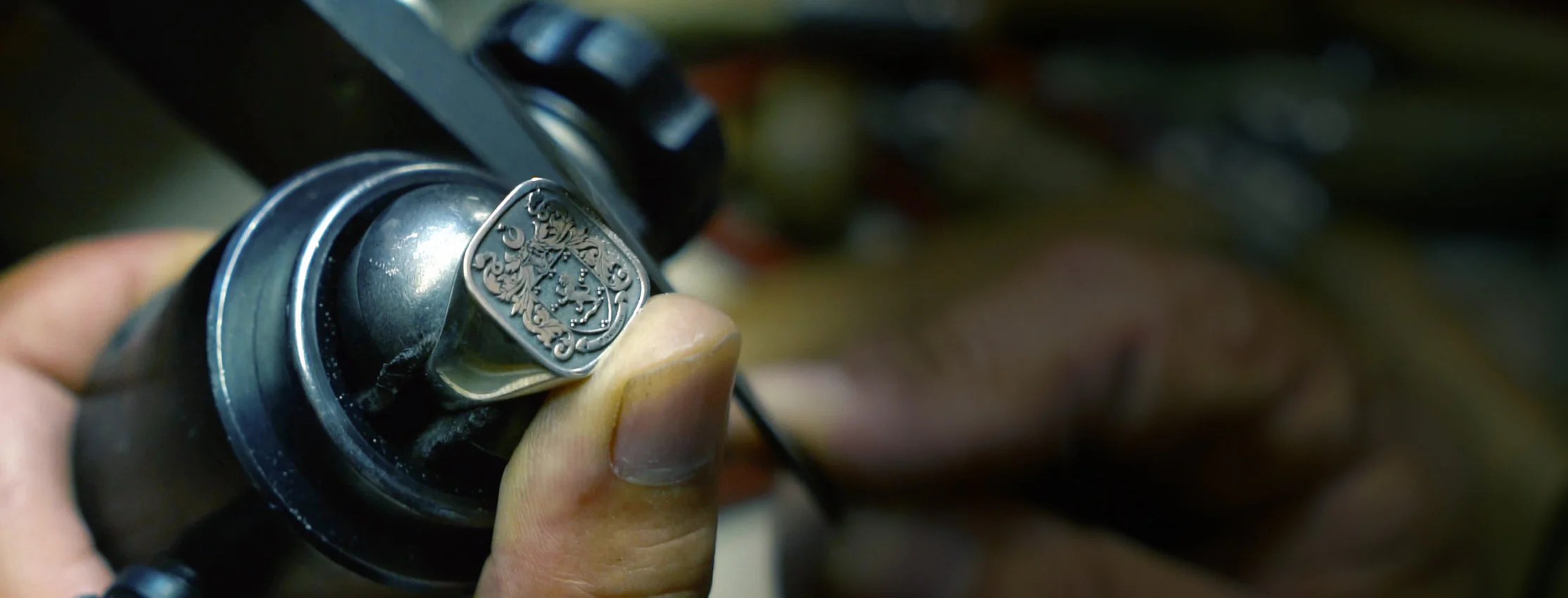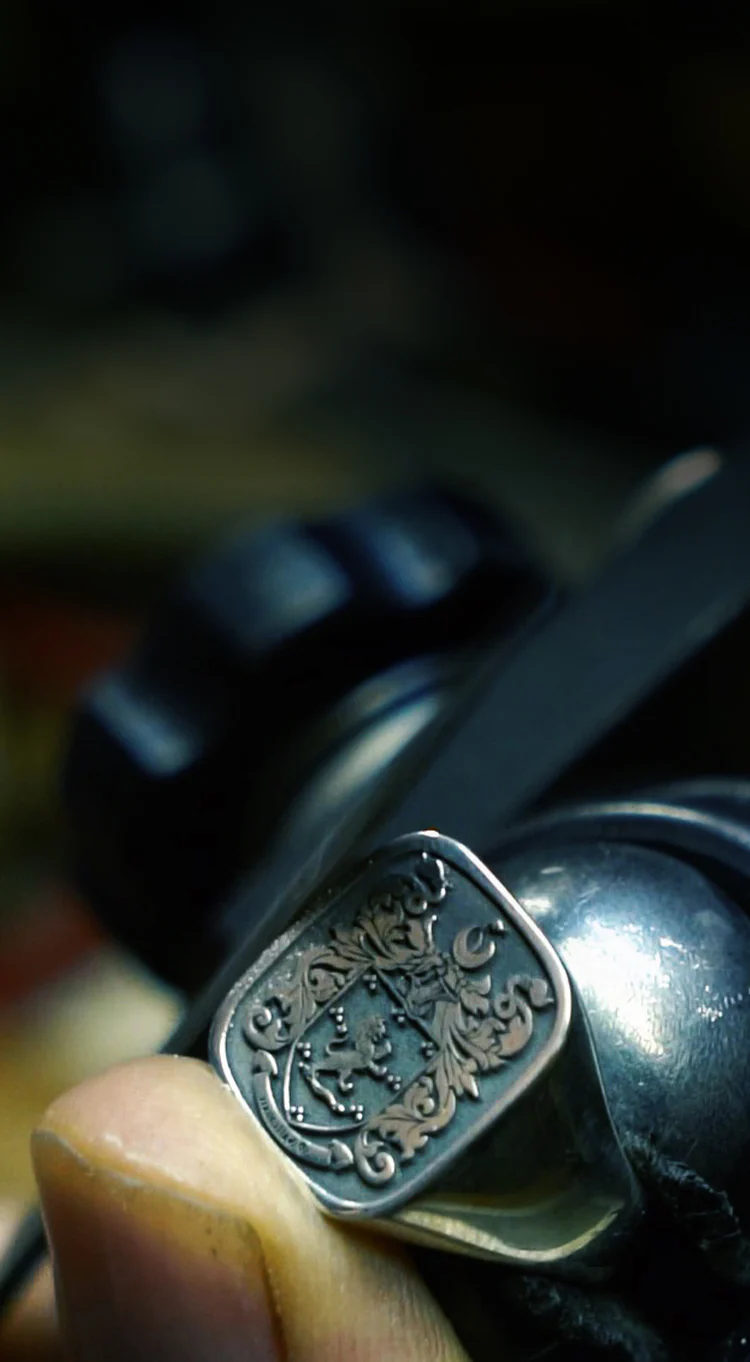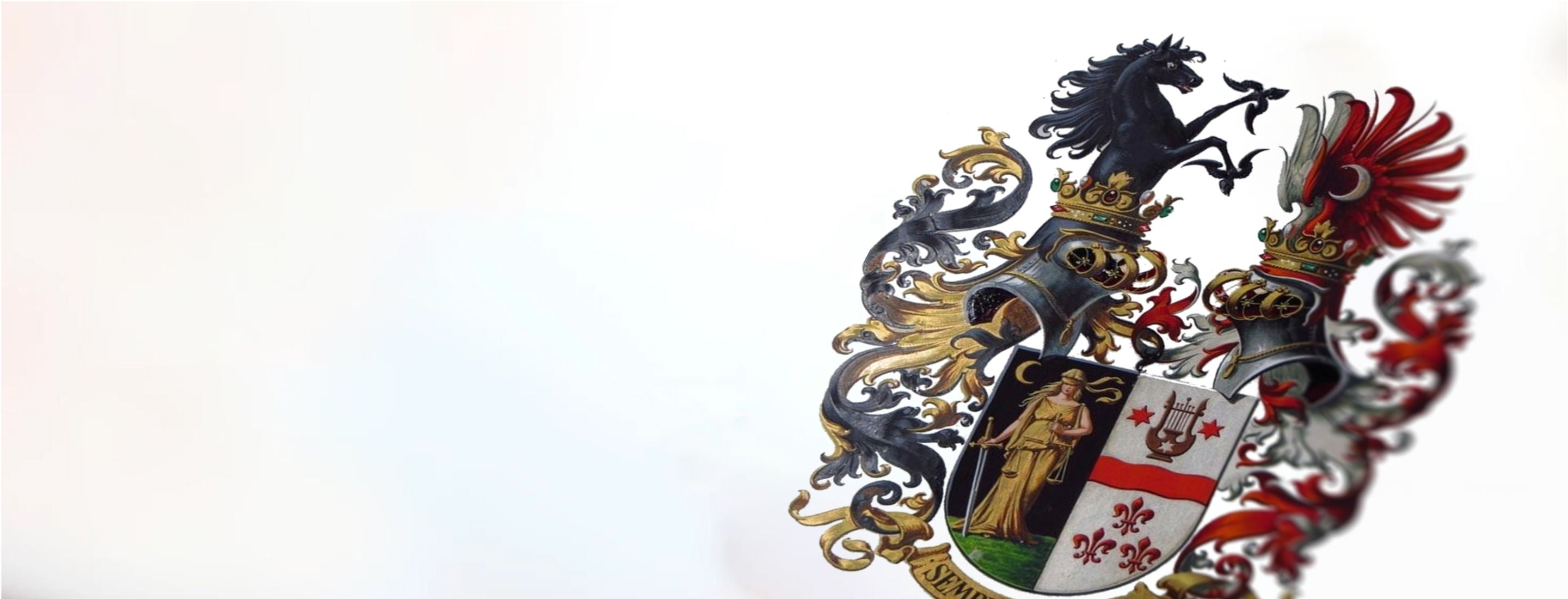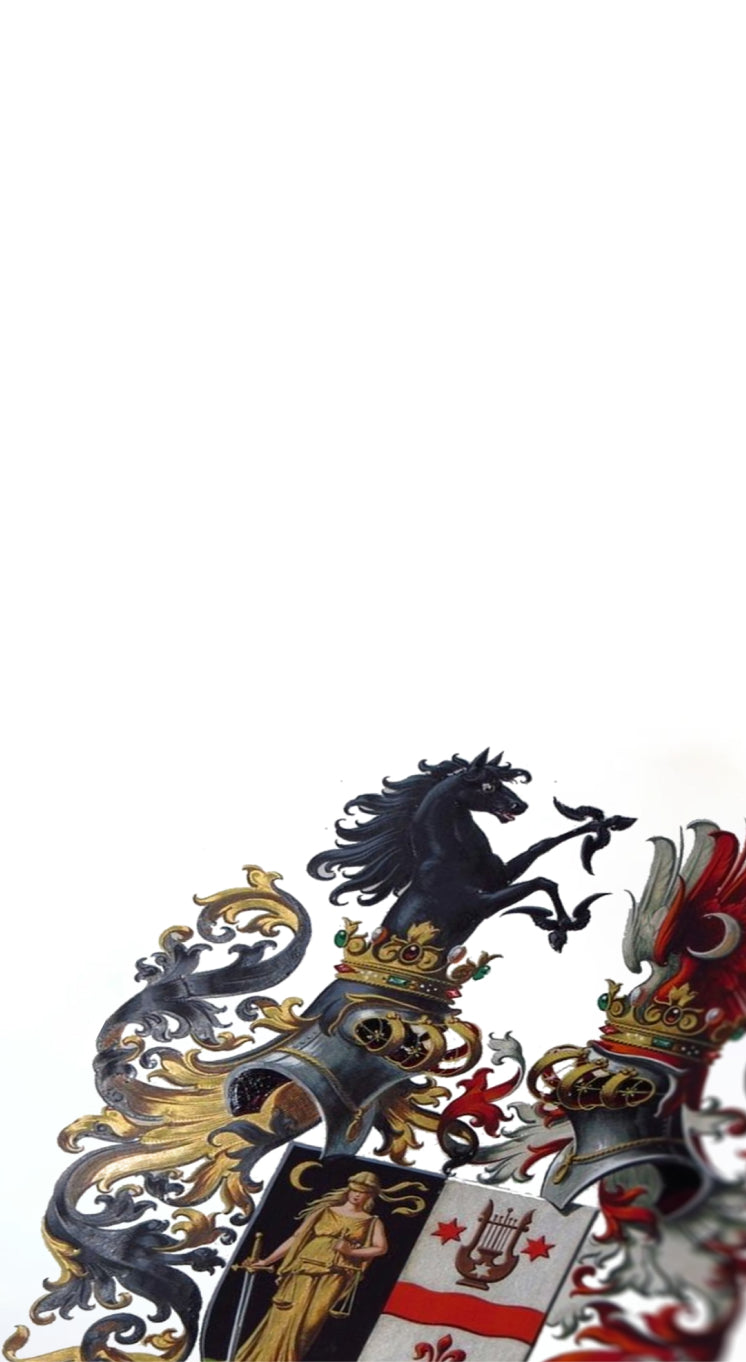

Old French, pivotal in heraldry, drew heavily from Anglo-French influences, marking a unique evolution in European languages where it nearly matched the prestige of Latin, historically the language of the Roman Empire and officialdom across various regions, including Britain and France. This linguistic development enabled French to permeate various aspects of culture, administration, and heraldic tradition across Western Europe.
After the fall of the Roman Empire, Latin was supplanted by local dialects in many regions, though it persisted in altered forms in countries like France and Spain. French, evolving from Latin, became a dominant language, fluently used by the elite across diverse regions by the end of the 11th Century, whether they were French, English, Irish, Sicilian, or Palestinian. Latin, however, continued to be the preferred language among scholars and the clergy.
The Norman Conquest fundamentally transformed England's linguistic landscape, dismantling its rich tapestry of Old English literature which spanned poetry, drama, history, philosophy, and more. This shift placed the English language under the control of French-speaking rulers, establishing Latin and French as the official languages for three centuries. It wasn't until the gradual decline of the feudal system that English was revived and returned to its people.
In an era when French was the lingua franca of the worldly gentleman and Latin the language of the churchman and scholar, it was inevitable that heraldry would also adopt French. Around 1400, there was an attempt in England to replace Old French terms in heraldry with English equivalents—like "Silver" for "Argent" and "Gold" for "Or." However, this movement faded, and the original French terms remain in use today. This enduring use mirrors the historical use of Norman French in English law courts until 1735.
In heraldry, the shield is foundational, characterized by three essential elements: colors, metals, and furs—each forming the shield's field. Colors provide the primary means of distinction among shields, reflecting their earliest use. Metals derive from the shield’s inherent material aspects, while furs, sourced from the opulent garments worn over armor by affluent knights, signify wealth and status. These components combine to define the unique identity and heritage symbolized by each coat of arms.
In heraldry, colors are vivid and distinct, strictly using primary shades without pastel variations. The main heraldic colors include:


For metals, heraldry uses Argent (silver) and Or (gold).

Additionally, heraldry incorporates four primary furs: Ermine (white fur with black spots), Ermines (black fur with white spots), Erminois (gold fur with black spots), and Vair or Vaire (rows of small shields in alternating patterns). Two less common furs are Paen (black with gold spots) and Potent (fur with T-shaped divisions).

In heraldry, the rules are strict: no color on color, metal on metal, or fur on fur, with a notable exception in the arms of the Kingdom of Jerusalem where a gold cross is set on a silver field. These fundamental materials—color, metal, and fur—form the basis of all coats of arms.

Heraldry of Jerusalem
Elements placed on the field are known as charges. Initially, shields were simple with few charges, but as heraldry spread, the need for distinctiveness led to increasingly complex designs with multiple charges.
The earliest heraldic charges were simple and intuitive shapes like bends, chevrons, chiefs, piles, fesses, and crosses, easily conceptualized and represented on shields. For instance, a coat of arms with a blue field and a silver diagonal line, "Azure a bend argent," typifies the straightforward designs of early heraldry. The simplicity of a coat of arms often indicates its ancient origins, although there are exceptions like the Brittany arms, which are solely represented by "Ermine."
John of Brittany, Earl of Richmond, who died in 1399, famously bore a plain shield of Ermine. This tradition of single field shields extends across various families and regions, showcasing a range of bold, unadorned colors. Examples include the Italian Bandinelli family with gold, the French Maigret and Bocquet families with silver, and the Fizeaux family with blue. The House of Dalbret, rulers in Navarre, Spain, opted for red, while the Gornay family chose black. Additionally, the French Barbotte family is noted for green, and the Aubert family for purple.

Shop Our Products



